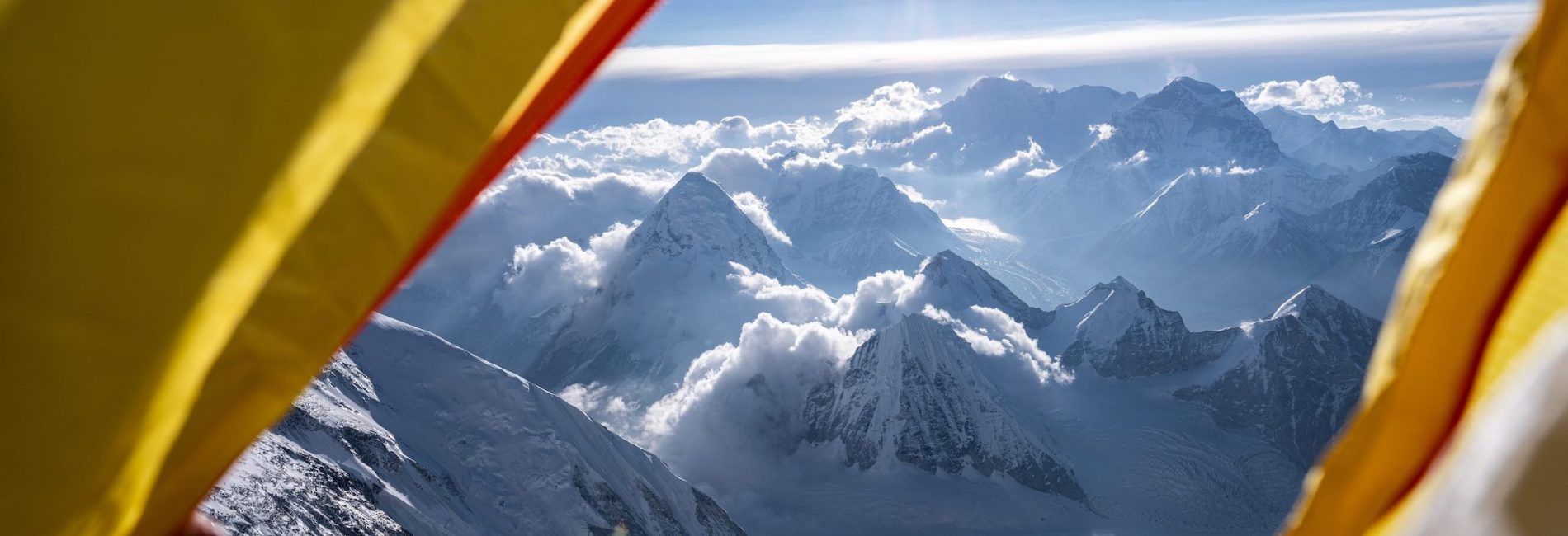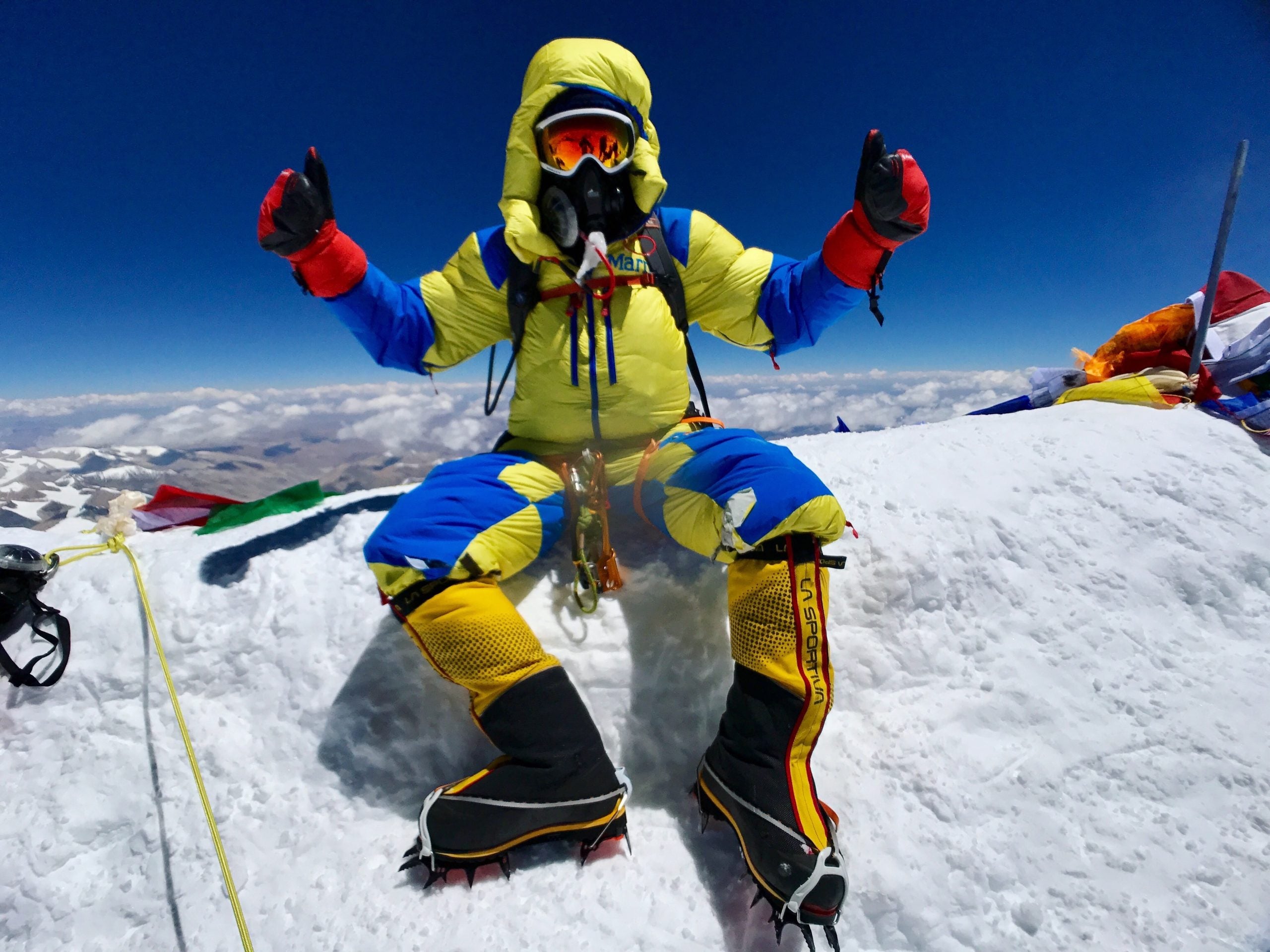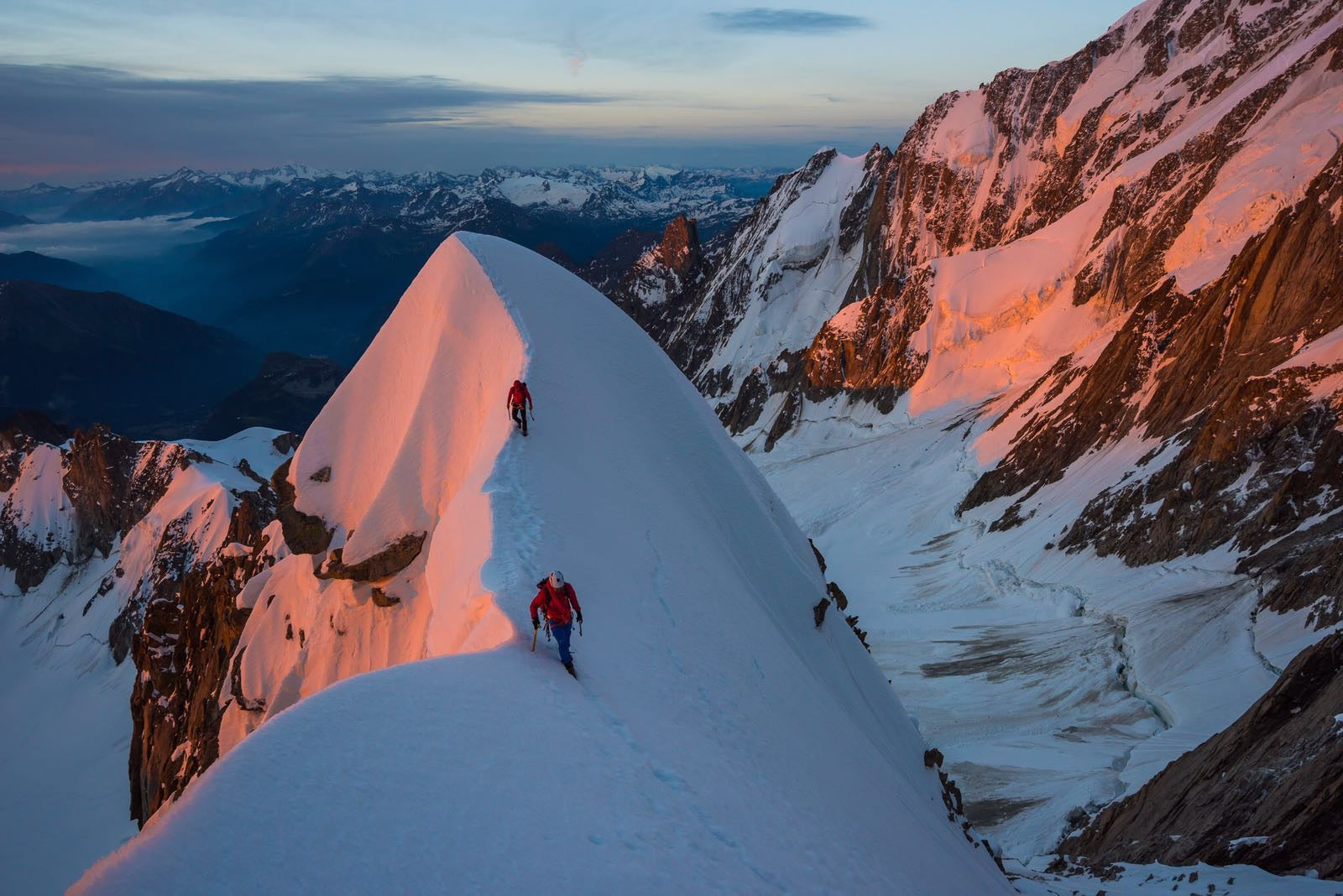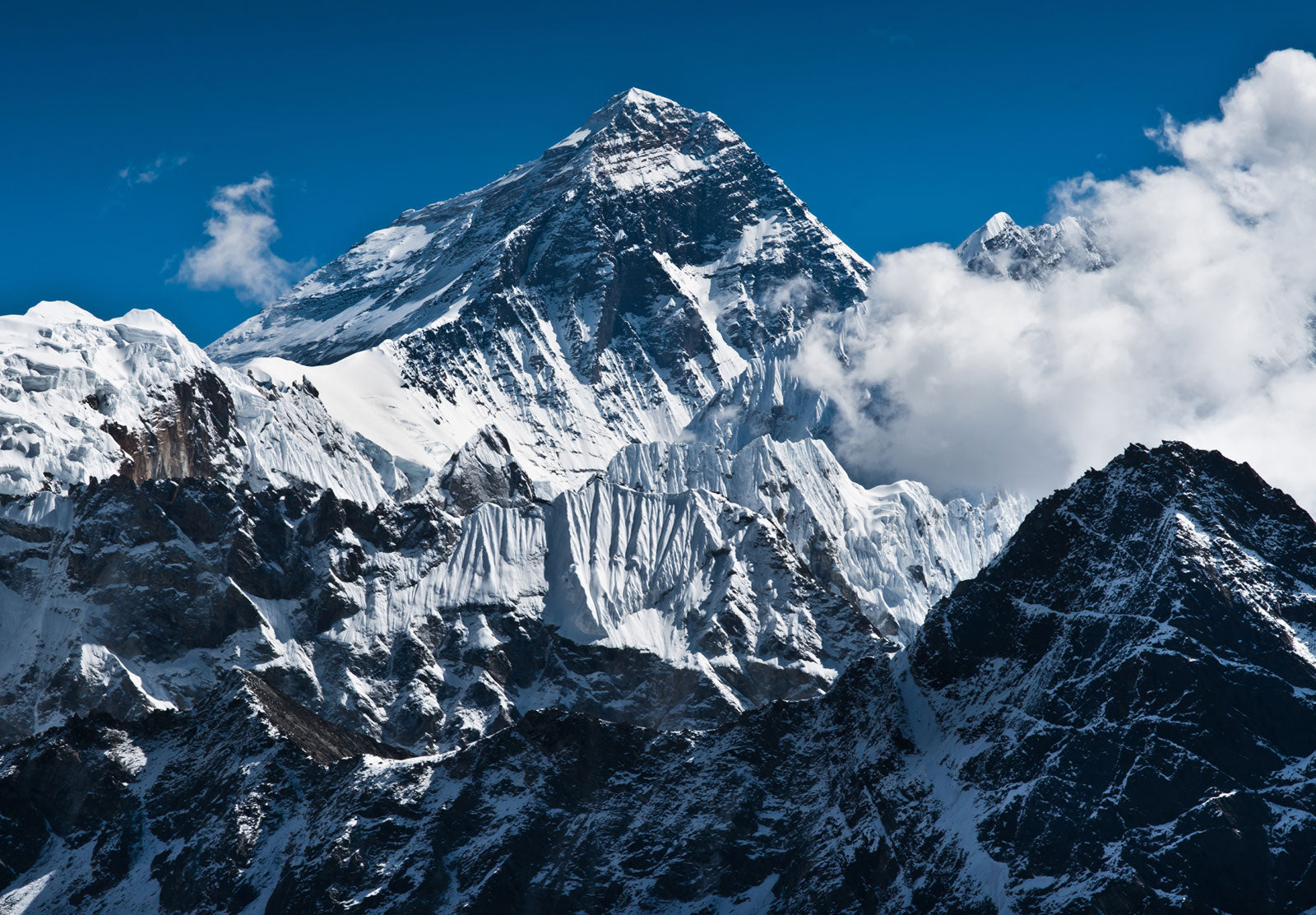10 Incredible things about Mount Everest
The world’s highest mountain, Mount Everest sits at 8,849m above sea level on the China-Nepal border. To climb it, you literally need to be one in a million (or one in 1.16m to be precise) – as just 7,000 of the world’s 8.1bn population have ever done so. You could add your name to those by joining our 2025 summit ascent – but before you sign up, here’s 10 other facts you might not know about this legendary Himalayan peak.

The ever-growing summit
If you set foot on top of Mount Everest in 2025, you could be standing up to 30cm higher than Edmund Hillary and Norgay Tensing did in 1952. The mountain grows by around 1.4mm every year, scientists estimate, due to the continuing collision between the Indian and Eurasian tectonic plates – so, in theory, every summit season achieves a new highest ascent !
Speed climbing sensation
The fastest ever Everest ascent goes to Nepali climber Lhakpa Gelu Sherpa, who reached the summit from the Nepalese Base Camp in just 10 hours 56 minutes and 46 seconds in 2003. An even quicker time of 8 hours and 10 minutes, claimed a year later by Pemba Dorje Sherpa, was rejected as unverified . In contrast, it would take a ‘normal’ climber 12 hours just to climb the final mile from the highest camp to the summit!
The world’s biggest shadow
The world’s biggest mountain casts a pyramid-shaped shadow that can extend over 200km at sunrise or sunset – that’s similar to the distance between London and Birmingham or New York and Philadelphia. It is so long, it sometimes overlaps itself, leading to double shadows that create an optical illusion of mountain’s true shape.

Messages from the summit
The Top of the World is incredibly remote – but it still has call phone signal. The first person to make a call from the top was Rod Baber , who connected via a Chinese base station in 2007. Four years later, Kenton Cool , used 3G to send a tweet, and in 2013 Daniel Hughes made the first video call.
Fish on the summit
Mount Everest was beneath in a warm sea before tectonic activity pushed it up millions of years ago, so climbers on the summit will be standing on fossilised marine life and coral . Meanwhile, the mountain’s ice contains thousands of unknown viruses and bacteria, some predating human civilisation, and is sprinkled with space dust from asteroids and comets.
Mind-bending moments
Climbers often encounter unique phenomenon on the mountain, hearing phantom footsteps, feeling an invisible presence guiding or pulling them up – the Third Man Factor – or even having outer-body experiences. Scientists say these are caused by low-oxygen hallucinations , while locals believe it is the Tibetan Buddhist goddess Miyo Langsangma.

The orchestral mountain
The mountain plays an entire orchestra of sounds as climbers ascend to the summit. The Khumbu Icefall booms and crackles as the ice and glacial rivers move; the high-altitude ice hums and whistles as it vibrates in the wind like a massive stringed instrument; and the glaciers and frozen lakes create an irregular drum beat as they expand and contract.
Multicoloured mountain
Everest’s snow is mostly pure white, but in some areas minerals and rare algae can turn it pink, green, orange and red, while recently pollution and soot from wildfires have also made some places grey and black. During twilight, Everest’s height and icy peaks accentuate the Alpenglow phenomenon , with an incredible light show changing from orange to purple.
The animals of Everest
Despite the incredible altitudes, some animals are able to survive in the harsh conditions. The tiny jumping spider, Euophrys omnisuperstes , can live at over 6,700m, hiding in crevices and eating frozen insects blown up by strong winds, while the Red-Billed Chough crow can fly above 8,000m – and has been known to steal food from packs at Camp Three!
Why climb when you can fly or ski?
There are faster ways up and down Everest than climbing. In 2004, test pilot Didier Delsalle flew to the top in a Eurocopter AS350 B3 Écureuil and landed on the summit, despite the thin air and high winds. Four years earlier, Slovenian climber Davo Karničar made the quickest descent , skiing down continuously from summit to Base Camp in just a few hours.
